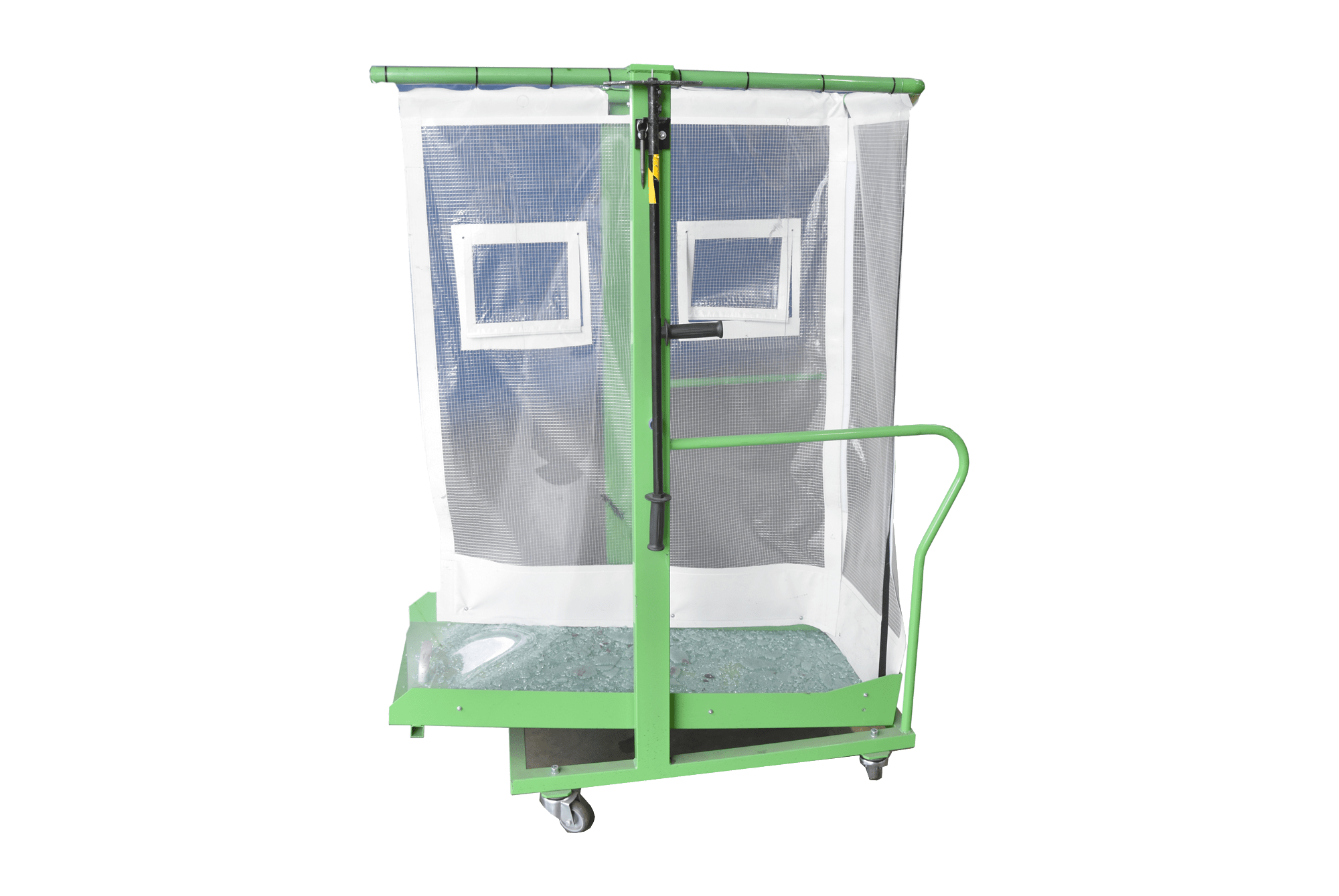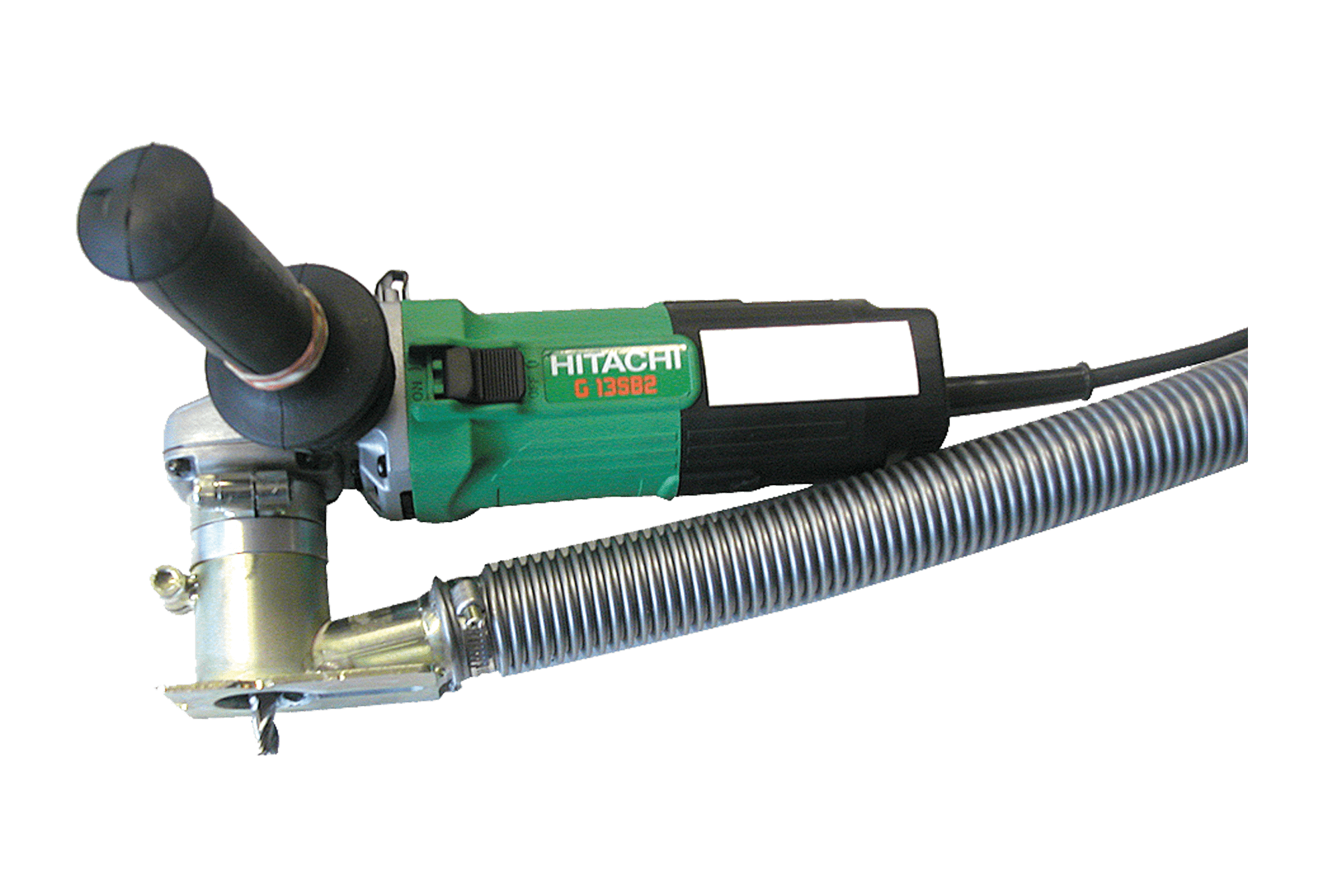Glass recycling for optimal recovery
To ensure that glass can also be recycled, SEDA developed effective devices that are now indispensable in recycling companies. With the grain tarp or the windshield cutter, all windows can either be broken or cut out and then captured using the glass trolley and glass blanket.
Categories
Systems
Airbag Recycling
Glass Recycling
Tyre Recycling
Storage
Automotive Glass Recycling by SEDA
To separate recyclable metal parts from other components, several steps are necessary in vehicle recycling. One such step is automotive glass recycling. Since glass is involved, the safety aspect is particularly important. SEDA offers various devices that allow you to effectively and safely remove automotive glass from old vehicles. Our automotive glass recycling equipment is indispensable for recycling companies and makes the task of removing front, side, or rear windows from all vehicle types easier while reliably capturing the glass.
All the glass must come out
Side door windows are most easily removed with the glass dismantling trolley. The special shard collection basin ensures that all glass shards are reliably captured, preventing any danger from unnoticed glass fragments. The integrated glass breaker and protective film ensure the hassle-free removal of all common glass windows. Rear window recycling works most efficiently with the glass dismantling blanket.
SEDA also offers the right equipment for cutting and grinding automotive glass. With the SEDA windshield cutter, time-saving automotive glass recycling can begin. The special design allows windshields to be cut out of the vehicle in seconds, separating them from scrap metal and other components.
How does automotive glass recycling work?
Automotive glass recycling aims to recover polyvinyl butyral (PVB) for reuse as a raw material. PVB is a plastic found in almost every safety glass, such as in cars, trucks, and buses. The challenge lies in the fact that glass particles or dust often get into the material, which hinders its reuse. However, new processes now allow for the recovery of pure PVB, which can even be returned to its original use. The first step in the automotive glass recycling process is the removal of the glass pane. Then, the flat glass is separated from the film, and using a special micro-emulsion, contaminants can be removed.

